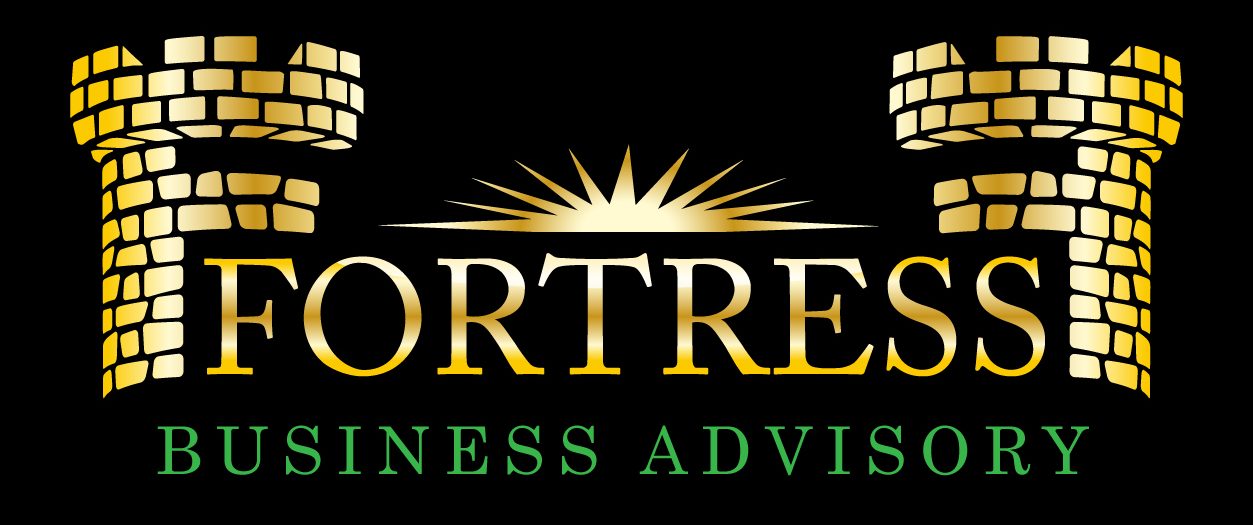
Let’s review the situation of the fictional owner, Peter Daniels. He and his advisors had identified a $2,000,000 gap between the current value of his company, and the value he’d need from it in five years when he plans to exit. What Peter needed, and what many, many owners need is to grow business value, and grow it quickly and sustainably over several years. To accomplish this, owners need to create a written value-building plan that they use as a road map showing what they need to do and how they need to do it.
The best way to identify what you and your company can and should do to build value is to look at what successful companies do. I call those companies “the Best of the Best.” They are the business owners whose companies occupy the top of the heap—or in this case the top of the pyramid.
The universe of business owners and business value is similar to a pyramid. The bottom two-thirds of the pyramid (4-5 million businesses) is occupied by businesses that have one or more employees, (we’re not even considering the millions of businesses with no employees) but whose owners will likely never benefit financially from the sale of their businesses.
While these companies provide an income stream to their owners, these companies cannot be sold or transferred for an amount that gives their owners financial independence either because they are too small or are completely dependent on their owners. The owners of these businesses are their most important employees. Without the owners, these businesses cease to exist.
The middle 20 percent or so of business owners (approximately 2 million businesses) also cannot exit today. If they create a Value Driver road map and install the Value Drivers they lack and enhance their existing Value Drivers, they might be able to exit, given time, focus, and some good fortune. Typically, these owners are still their company’s key employees. Since this middle group needs to focus first on building value, we suggest that owners use the Value Driver Analysis we describe below to learn what they need to do and then have a Value Driver Report created so they can follow a growth plan specific to their companies.
At the top of the pyramid (less than 10 percent of all businesses) we find the one million or so businesses whose owners, given effective Value Building and Exit Planning and enough time, can exit successfully. The dominant characteristic of these businesses is that the owners have the ability (albeit with some additional effort) to become unimportant to the ongoing success of their companies. It is within this group of owners that we find the Best of the Best. These companies possess the characteristics, processes, and Value Drivers that all businesses should seek. Let’s discuss how we identify which ones are present (or absent) in your company and how we can build
value.
Value Driver Analysis
The first step to increase value is to figure out what mechanisms your company already has in place to do so. For example, you may have systems set up to carefully track financial data, but may not have systems to track where customers come from or why they leave. We identify what mechanisms your company employs by asking a number of questions about you and your company.
Once you have answered these questions, we create a visual assessment that illustrates both the areas your company is well-positioned to grow value and in which areas it needs work.
Value Driver Report
We use the answers to your Analysis questions as a basis for asking more detailed questions about every aspect of your company. Among other issues, we ask about the systems your company has in place, its means of motivating key managers to increase business value, and how you currently protect the business value you have.
Using your answers to these more detailed questions, we then prepare a detailed Value Driver Report in which we make specific recommendations about how you can grow your company’s value. In that Report, we include a timetable during which each Recommendation will be implemented along with a tool to hold accountable each of the advisors you choose to implement these Recommendations.
We are excited to offer these value building tools to business owners because we know that for most owners, there’s a significant gap between what their companies are worth today and what they must be worth upon sale or transfer to finance the post-exit lifestyles these owners desire. We are eager to work with you to figure out if you are facing such a gap, to quantify that gap and to help you close it.
If you’d like more information about how we can increase the value of your business, please Contact Me.
The information contained in this article is general in nature and is not legal, tax or financial advice. For information regarding your particular situation, contact an attorney or a tax or financial professional. The information in this newsletter is provided with the understanding that it does not render legal, accounting, tax or financial advice. In specific cases, clients should consult their legal, accounting, tax or financial professional. This article is not intended to give advice or to represent our firm as being qualified to give advice in all areas of professional services. Exit Planning is a discipline that typically requires the collaboration of multiple professional advisors. To the extent that our firm does not have the expertise required on a particular matter, we will always work closely with you to help you gain access to the resources and professional advice that you need. This is an opt-in newsletter published by Business Enterprise Institute, Inc., and presented to you by our firm. We appreciate your interest. Any examples provided are hypothetical and for illustrative purposes only. Examples include fictitious names that do not represent any particular person or entity.
©2023 Business Enterprise Institute, Inc. All rights reserved

